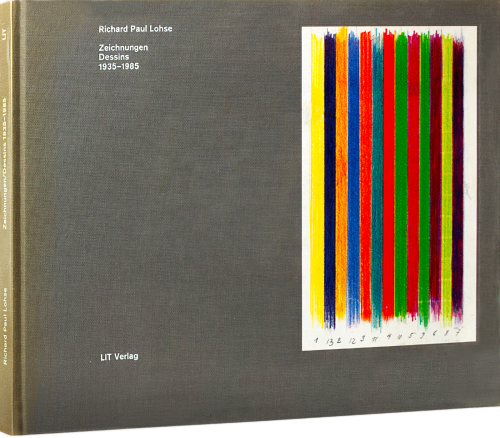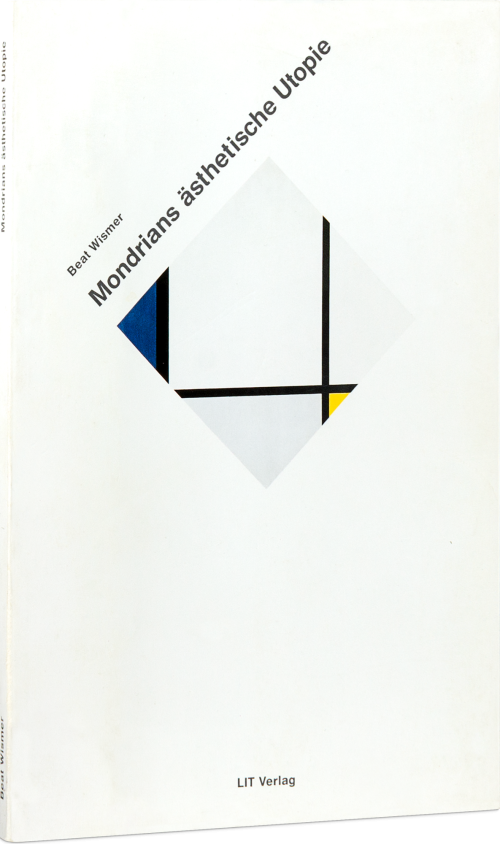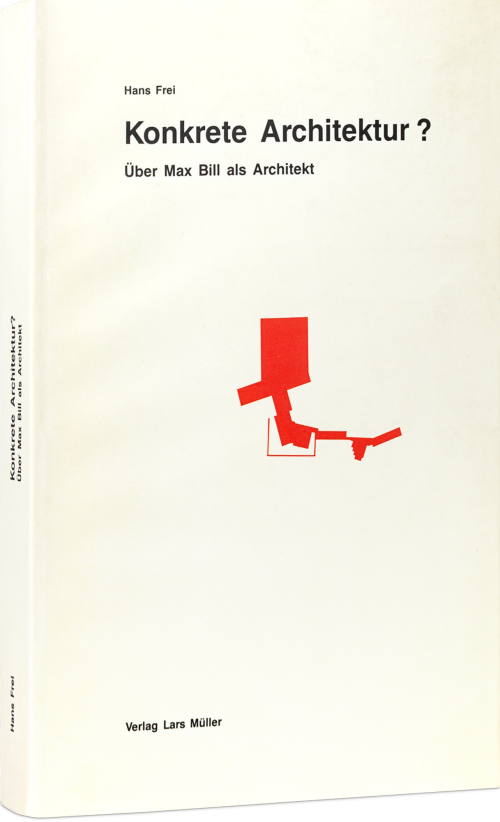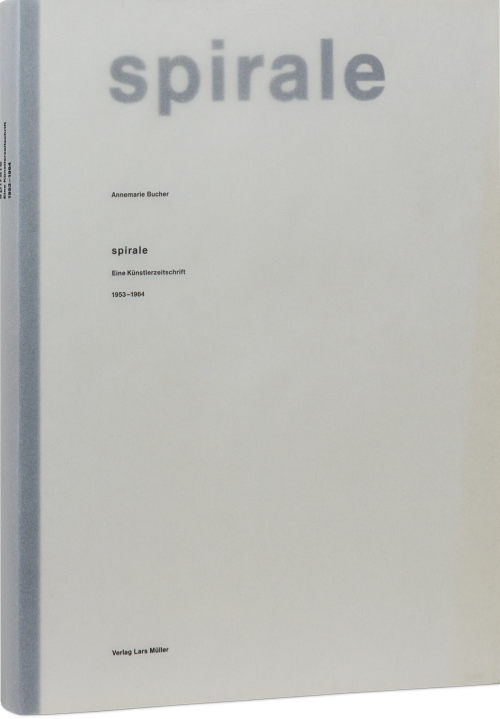
33 Years of Lars Müller Publishers
There’s no real need to retell our story at this point. But looking back over the history of the Lars Müller publishing house nonetheless presents an occasion to frame the standards and expectations by which we intend to measure our work in the future.
I am amazed at how well we have weathered the crises and upheavals that have shaken the book industry since our founding. This may be explained in part by how my initial ignorance of the industry left plenty of room for idealization and how I’ve held on tightly to my principles. As a designer, I always have my eye on the form taken by a book, on its material presence and I despise well-designed books with weak content. Visual subject matter attracts me and challenges me. I avoid designing books of poetry and fiction, preferring to enjoy them as a reader. The conviction I have held from the start and still stand by today, that good and important books depend on a solid and trusting relationship between author and publisher, and that it is the noble task and the privilege of the publisher to initiate projects and take up new ideas, can be traced back to a description I once read of the working method of the great architectural publisher Hans Girsberger. In the preface to a reprint of Alfred Roth’s famous book The New Architecture (1939/1975), he writes: “I can still remember […] how my friend the young architect Alfred Roth and I the young publisher enthusiastically discussed ideas for new publications late one evening in the summer of 1938 on our way home from a café. And I recall how we then, in high spirits, took the decision to create a book on architecture that would be something sui generis, that would satisfy the most exacting criteria and that would appeal to architects in all countries.” Girsberger pursued his goals with the utmost pleasure and creative drive, and he became my early role model.
That the life of a book only starts with its production and that sales and marketing are critical for success are things I was only vaguely aware of in the beginning. Reality quickly caught up with me, and I came to the realization that it is the sum of collected experiences that makes for a publisher. As it turned out, my determination to initiate most of the books I wanted to publish myself, or to develop and design them from the very first idea in collaboration with authors and editors, was vital to shaping the identity of the publishing house early on. The goal of “carrying Switzerland out into the world and the world into Switzerland” by means of books made the publishing house attractive to both national and international architects, designers and artists, and my interest in historical contexts brought me attention from academic circles as well.
Many of the ideas and principles from the early days still survive today, albeit in a modified hierarchy. My triple role as publisher, editor and designer is something I view as a special feature of my publishing house and as an advantage in several of its processes. And running such a small operation also gives me the privilege of limiting myself to topics and projects that interest me personally and from which I can learn something. Growth and magnitude are not my goals.
After a one-year stay in Amsterdam, where I had the good fortune of acting as assistant to Wim Crouwel at the Total Design agency, I returned to Switzerland in 1982. Crouwel had awakened my interest in book design. He let me rummage through his magnificent library and participate in the development of catalogue and book projects. It was thanks to him that I came to appreciate the importance of Swiss graphic design of the 1950s and 60s, to which he himself owed vital inspiration.
Upon my return from Holland, I reopened my little studio. Lacking commissions, I came up with my own work, deciding to initiate a book documenting and critically analyzing post-war modernist product design in Switzerland. I was able to get access to the requisite archives and persuade Peter Erni, a connoisseur of the material, to collaborate with me. Extensive research and many discussions naturally preceded the design phase, giving me early experience in the development and structuring of content. This is an aspect that would become a passion of mine: the art of editing as an integral part of book design. The realization that, of all printed material, only the book – unlike posters, brochures or booklets – is designed for longevity, helped me to develop the endurance and diligence to do justice to that fact.
In September 1983, my first book, Die gute Form, was published, to great acclaim from Swiss design circles. Access to the book trade proved more difficult than expected, however, and my cost accounting for the project had been amateurish. The project thus ended in a financial fiasco.
In the course of preparations for my first book, I had made the acquaintance of the artist Richard Paul Lohse (1902–1988). A close friendship developed. Josef Müller-Brockmann (1914–1996) had already taken me under his wing in 1978. Both were pioneers of Swiss graphic design and co-editors of the epoch-making magazine Neue Grafik. They encouraged my efforts, while not allowing me to evade the strict dictates of the Zurich graphic design tradition. Lohse was an implacable ideologue and no-nonsense socialist, while Müller-Brockmann, just as unrelenting as a designer, was a humanist of great wisdom and gentleness. He had a strong influence on me both as mentor and friend.
Lars Müller Publishers published sixty books during its first decade and gradually managed to gain a foothold in the book trade – first in the German-speaking countries and later on worldwide with our first English titles. The books were often dedicated to the history of Swiss design and architecture, but also occasionally to contemporary art and photography. Financially, the publishing house was unable to make any headway and remained dependent on the income from the thriving design studio. In 1989, an extensive restructuring was necessary.



